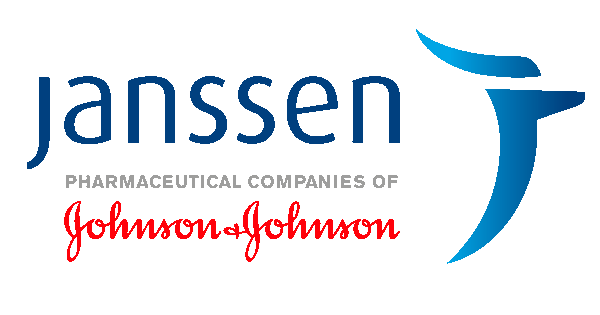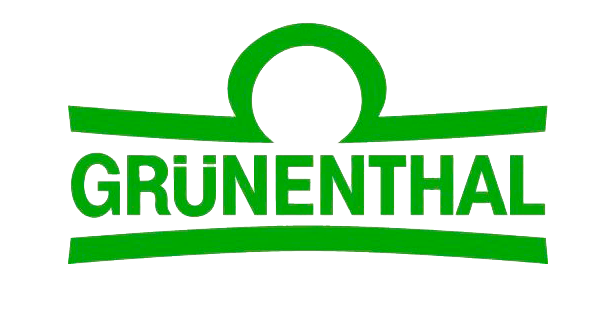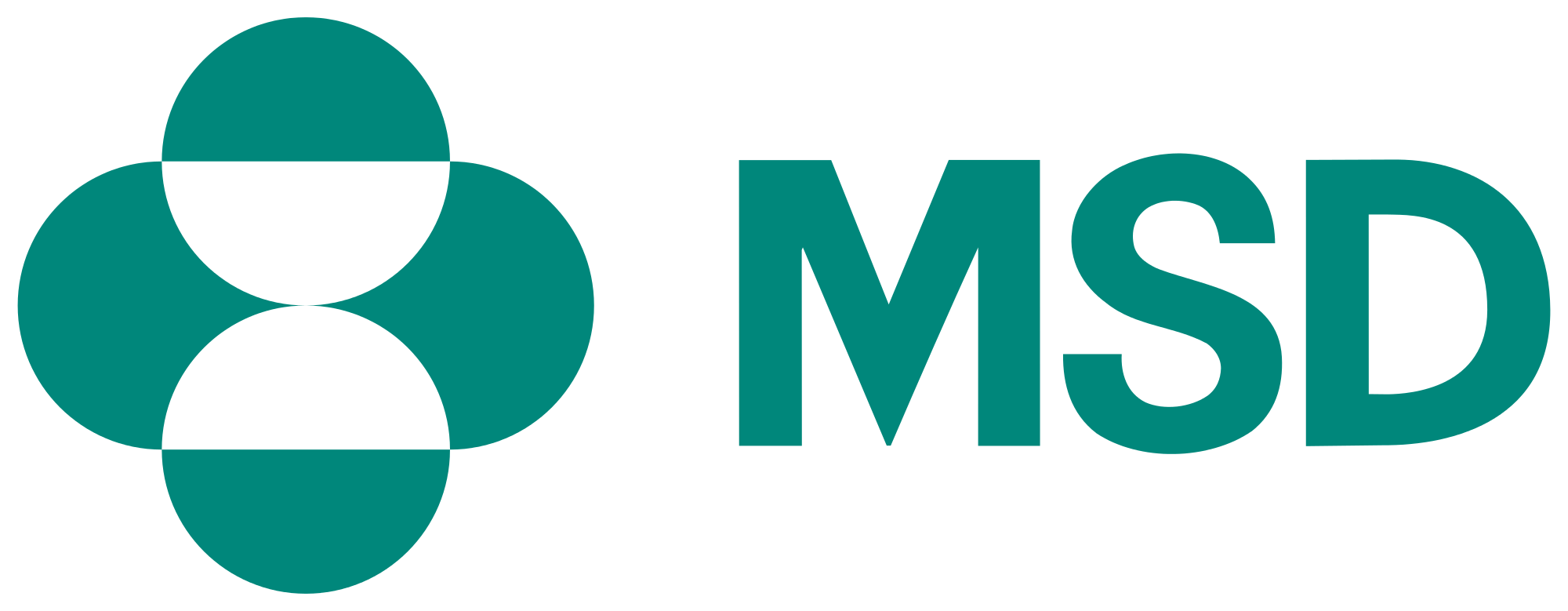Perfil
Comparative Study on Traditional vs Digital Banking
The evolution from established systems to technology-driven alternatives has created significant shifts across multiple sectors. This comparative study examines the important differences between traditional and virtual banking systems, their respective advantages and disadvantages, and their influence on consumers and the environment.
1. Context of Both Systems
Conventional Education
The established model has been the primary method for generations:
Energy generation through fossil fuels: Requires face-to-face interactions
Non-digital systems: Transactions handled through physical documents
Structured production: Class times determined by academic requirements
Location-dependent: Requires proximity to resources
Digital Learning
The online approach has developed with environmental awareness:
Sustainable delivery: Transactions available without depletion
Technology-driven solutions: AI-powered services
Scalable learning: Decentralized education
Borderless reach: Services available across geographical boundaries
2. Detailed Analysis
Parameter
Conventional
Digital
Accessibility
Limited by hours/location
24/7 access from anywhere
Expenses
Higher overhead costs
Reduced tuition fees
Reliability
Classroom safety concerns
Data privacy issues
Customization
Personalized service
Adaptive learning platforms
Environmental Impact
Greenhouse gases
Clean energy production
3. Benefits and Drawbacks
Conventional Energy
Pros:
Human interaction: Immediate feedback
Established services: Power plants
Familiar systems: Grid-compatible
Controlled production: Baseload capacity
Cons:
Limited availability: Branch hours
Higher overheads: Staff salaries
Slower feedback: Grading periods
Ecological consequences: Paper usage
Digital Learning
Pros:
Flexibility: Continuous replenishment
Affordable: Reduced tuition
Modular: Handles volume spikes
Innovative technologies: Mobile apps
Cons:
Intermittency issues: Device requirements
Storage concerns: Ignou solved project Battery limitations
Isolated technology: Grid integration difficulties
Transition barriers: Technophobia
4. User Experience
The acceptance of these solutions varies across various demographics:
Traditional users: Often prefer established sources
Tech-savvy users: More inclined with renewable platforms
Urban users: Better equipped for online services
Underserved populations: May lack infrastructure for effective implementation
5. Evolving Developments
The landscape is witnessing several important developments:
Hybrid solutions: Combining optimal aspects of both approaches
AI adoption: Enhancing efficiency in renewable platforms
Regulatory frameworks: Encouraging digital inclusion expansion
Pedagogical breakthroughs: Addressing current shortcomings
Shifting public preferences: Driving demand for sustainable solutions
Conclusion
This analytical study reveals that both conventional and digital banking solutions have unique advantages and applications in contemporary society. While digital alternatives offer unparalleled convenience, physical methods continue to provide value in various applications. The ideal solution likely lies in a strategic blend of both, adapted to specific requirements and environments.
Rol del foro: Miembro
Debates iniciados: 0
Respuestas creadas: 0




